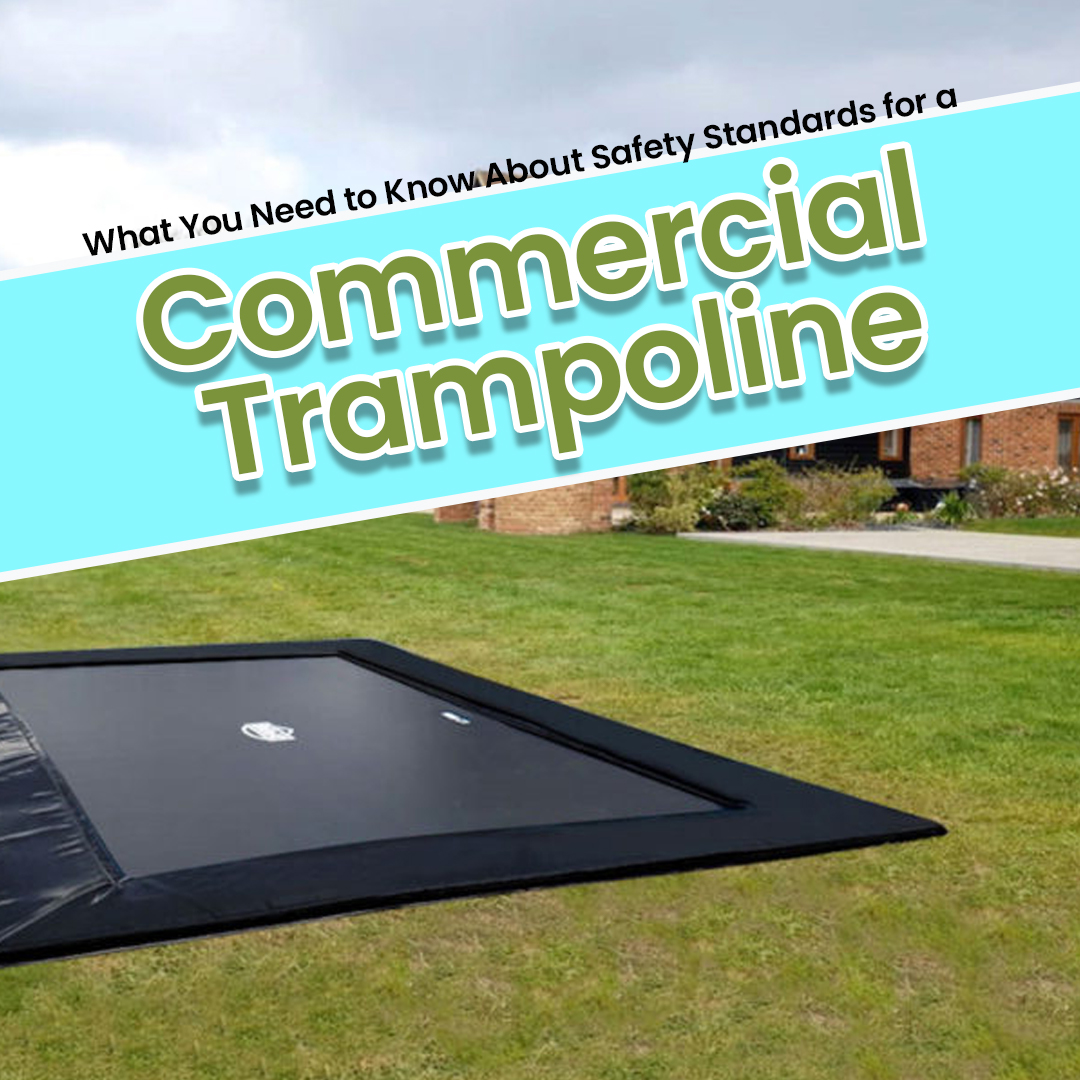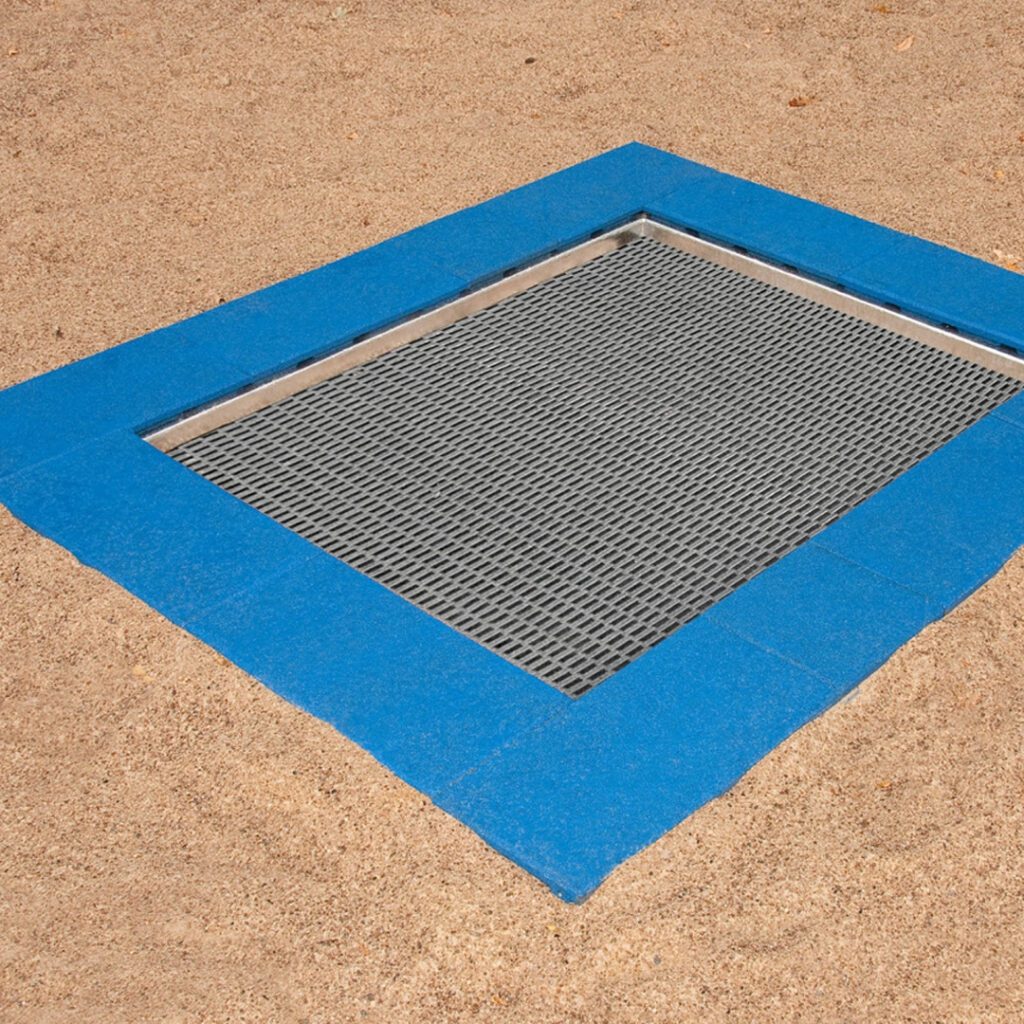
The trampoline industry in the UK has grown rapidly over the past decade. Trampolining has become an increasingly popular recreational and competitive activity among both children and adults. As a result, many commercial trampoline parks and indoor playgrounds have opened across the country. However, some concerns have been raised regarding the safety standards of certain facilities.
It is critical that trampoline businesses adhere to strict safety standards to prevent injuries. By following recommended safety guidelines, trampoline businesses can provide an enjoyable experience for customers while minimising risks. After all, safety should be the top priority at any commercial recreational facility. Adhering to standards will give parents and jumpers peace of mind that they can have fun while staying protected.
In this blog, you’ll learn about the safety standards for a commercial trampoline that should be followed across the UK.
Understanding Safety Standard
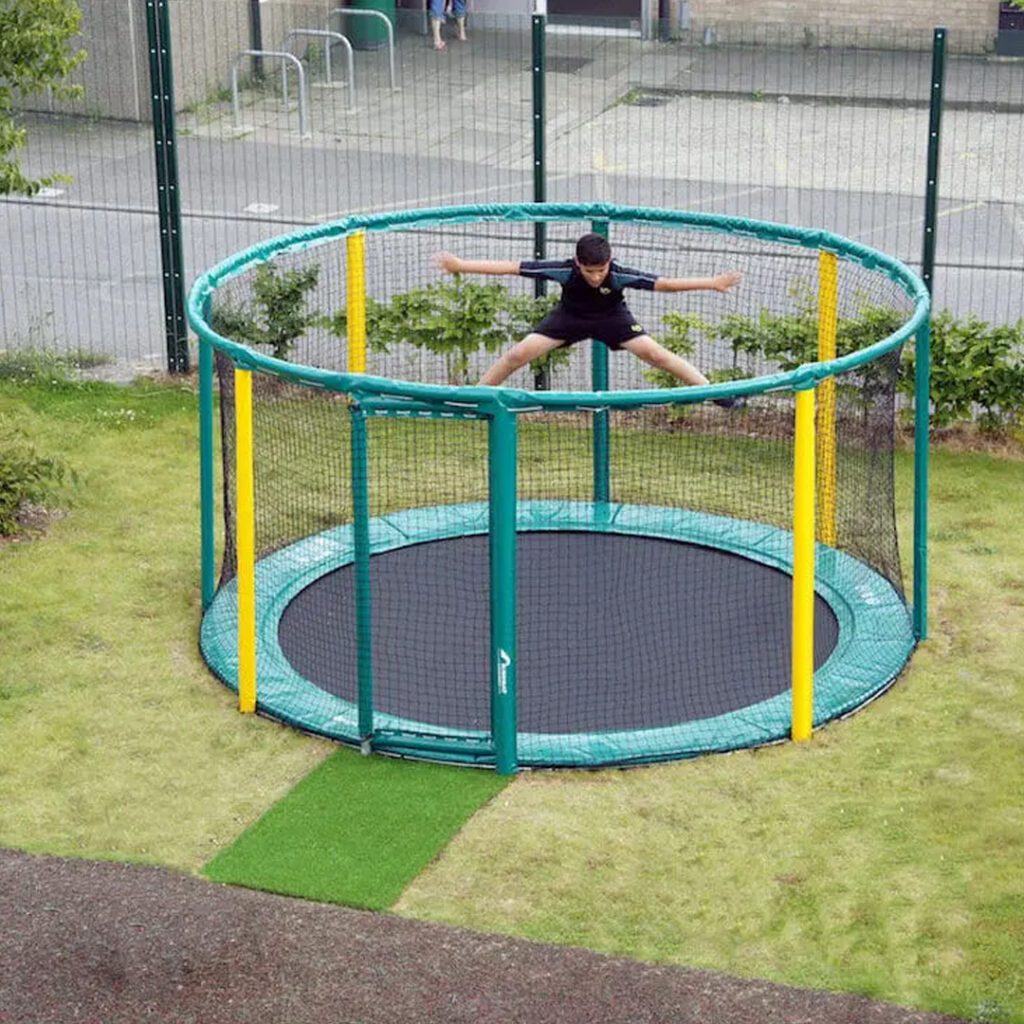
Safety standards for commercial trampolines
Commercial trampolines used in locations like leisure centres and gyms have to meet strict safety standards to prevent injuries. This includes things like netting around the sides, properly secured padding over springs and frames, and signage with rules like “only one jumper at a time” on a big 14ft trampoline. The specific standards vary between countries but aim to minimise risks.
In the UK, the main standard for trampolines is EN71-14:20184, set by the British Standards Institution. This ensures trampolines are sturdily built, with secure netting and padding, clearly marked weight limits, and proper signage. Additional guidance comes from groups like the Royal Society for the Prevention of Accidents (RoSPA) and the International Trampoline Industry Association (ITIA). Following these standards is key for any business owners operating trampolines.
Relevant regulatory bodies in the UK
The Health and Safety Executive (HSE) is the UK’s independent regulator for work-related health, safety and illness. Though they do not have a specific standard for trampolines, their general guidance on equipment safety and accident prevention applies. The HSE can take enforcement action against businesses that do not properly safeguard customers.
Meeting BSI standards demonstrates a commitment to best practices and due diligence. The BSI also represents the UK at the international standards organisation ISO, influencing trampoline standards worldwide.
Groups like RoSPA and the ITIA, while not official regulators, provide resources, guidance, and certification for improving trampoline safety. Their input helps shape standards and spreads awareness about risks and responsibilities. By following recommendations from all of these organisations, trampoline park owners and operators can create an environment focused on health, safety and fun.
Safety standards
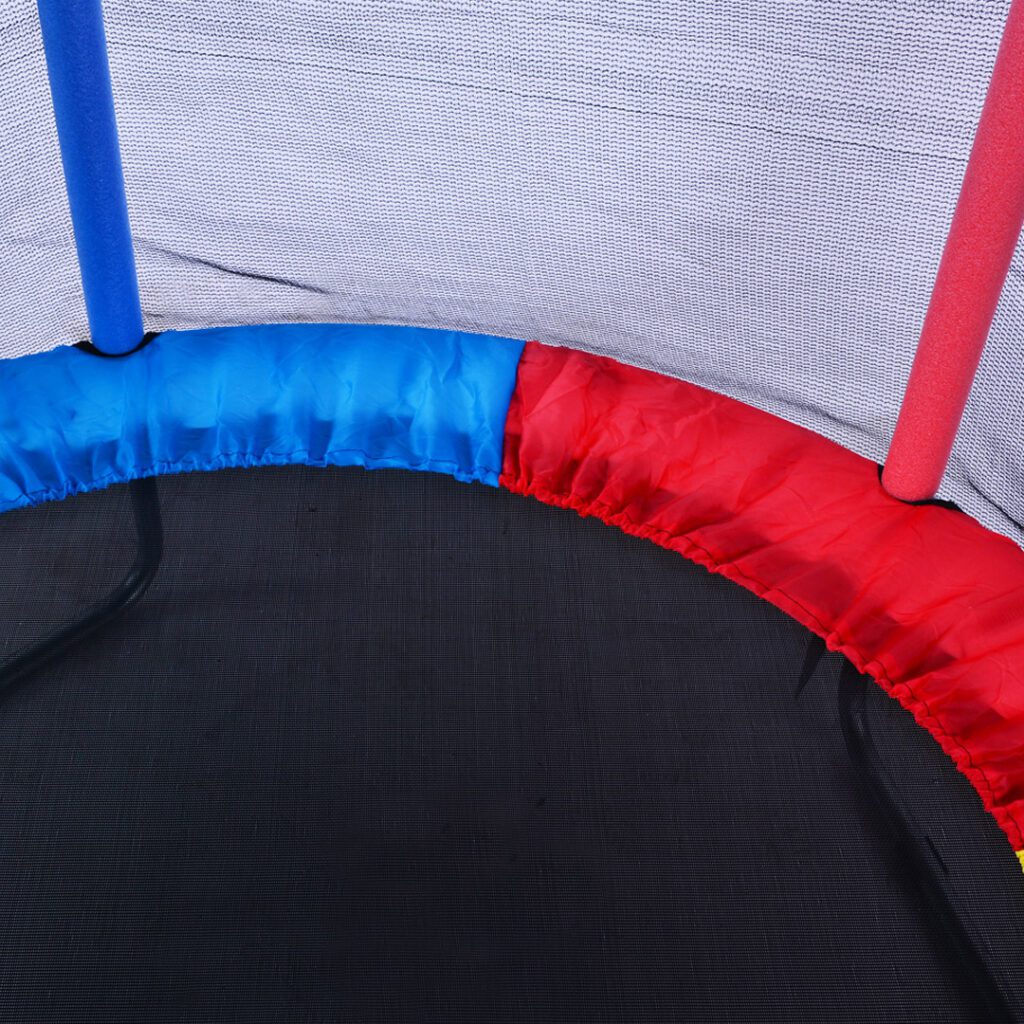
Structural integrity and design
The frame and bed of the trampoline must be properly engineered to handle the weight and forces from multiple jumpers. Look for a trampoline that is rated for commercial or heavy duty use, with a steel frame and securely welded joints. The springs should be heavy gauge steel and the bed should be made of tightly woven mesh that is securely attached to the frame.
Padding and enclosure specification
Proper trampoline padding is essential for safety. The springs, frame, and any hard edges should be well padded. Look for thick padding that is securely attached and weather-resistant. An enclosure net creates a barrier around the trampoline to prevent falls, so make sure any netting is properly secured, with small mesh, and does not have any damage or holes.
Safety netting and mesh requirement
The trampoline bed and safety enclosure netting will experience a lot of wear and tear, so they must be extremely durable and well-made. Look for a minimum of 96 springs per mat, tightly woven polypropylene mesh for the bed and netting, and weather-resistant padding. The netting should be at least 5 feet high, with a mesh size of less than 2 inches, securely attached to the frame with straps – not bungee cords. The netting and mesh will need to be inspected regularly and replaced every 2-3 years for safety.
Anchoring and stability guideline
Commercial trampolines experience much higher forces than residential ones, so proper anchoring is critical. Look for a trampoline that can be securely anchored with Tie Down Ground Anchor Kit to the ground in at least 6-8 points. The anchoring system should be rated for the size and weight capacity of the trampoline. If not properly anchored, the trampoline can become unstable and even flip over, causing serious injury.
Weight and capacity limitation
Make sure any trampoline you purchase is properly rated for commercial or heavy duty use, with a maximum weight capacity of at least 550 kg to accommodate multiple jumpers. The frame, mat, springs, netting, padding and anchoring system must all be rated to handle the maximum weight capacity for safety. Exceeding the rated capacity can cause equipment failure and lead to falls or structural collapse.
Compliance and Certification
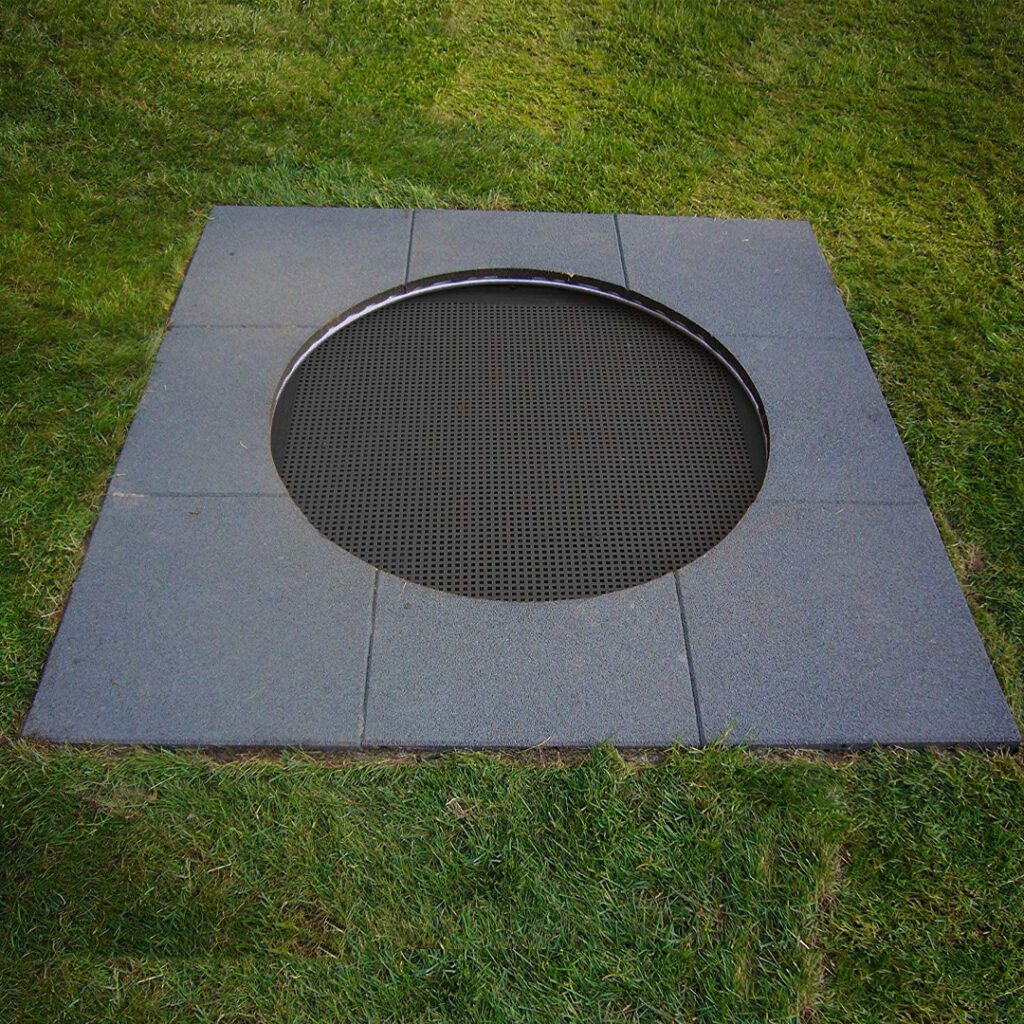
Importance of compliance with safety standards
As a business owner, ensuring your commercial trampoline meets all safety standards is critical. Trampolining can be a fun recreational activity, but there are risks of injury if proper precautions aren’t taken. By following the guidance set out in standards like BS EN 13219:2016, you’ll minimise hazards and provide a safe environment for your customers. If everything is up to standard, a certificate of compliance will be issued allowing you to open it to the public places like schools and universities.
Consequences of non-compliance
Failure to comply with safety standards can have serious consequences. At best, you may face legal issues like fines, forced closure, or loss of insurance coverage. At worst, lax safety could lead to customer injuries, lawsuits, or even loss of life. No trampoline is 100% safe, but following standards and obtaining proper certification helps minimise risks as much as possible. For the safety of your customers and the success of your business, compliance should be a top priority.
Regular inspections and re-certification also help ensure your trampoline park remains up to code over time. Standards may change to reflect new knowledge or address emerging risks, so staying up-to-date with the latest guidance is key. By making safety a continuous process rather than a one-time achievement, you’ll keep risks in check and give families peace of mind that your facility is a fun, controlled environment for trampolining.
Ensuring Safe Operations
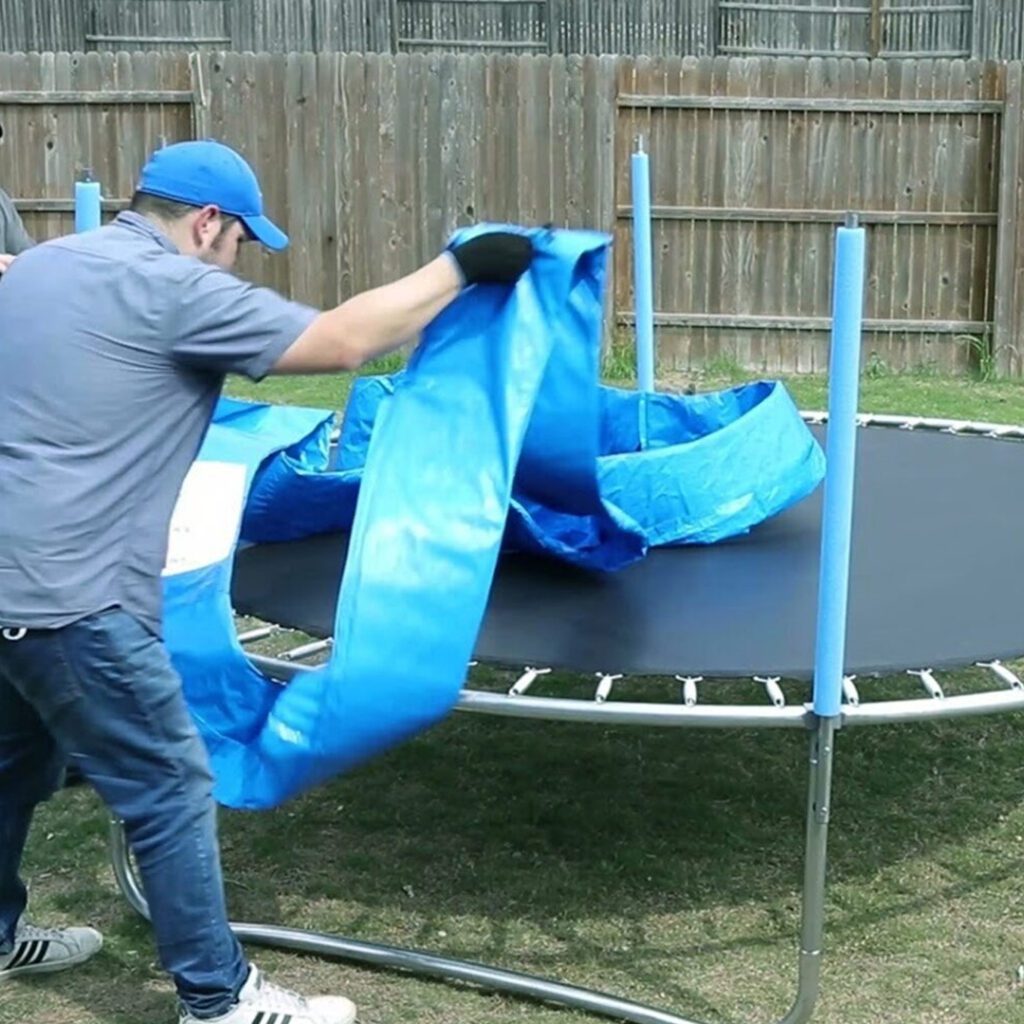
Staff training and supervision
Proper staff training is essential for running a safe trampoline park. Your staff should be trained in trampoline safety, emergency procedures, and operational protocols. They should actively supervise all areas of the park, especially the main court, to ensure rules are being followed and address any unsafe behaviour immediately. Staff should be easily identified in uniforms and spread throughout the park.
Regular maintenance and inspection
Routinely inspecting equipment and performing necessary maintenance is key to safety. Inspect the trampolines, pads, and nets daily for any tears, frays or damage and repair or replace as needed. The springs and frames should be checked weekly. Replace any worn or damaged parts to avoid injuries. The safety padding should fully cover all trampoline frames and springs.
Establishing rules and guidelines for users
Clear rules help minimise risks and increase safety. Rules should cover:
- One jumper at a time, no double bouncing
- No somersaults or flips without proper training
- Stay in control – no running, tackling or pushing other jumpers
- Match activities to skill level – beginners should stay in designated areas
- No loose objects, food or drinks allowed on the trampolines
- Follow instructions from staff These rules should be clearly posted throughout the park and at the entrance. Staff must actively enforce the rules to avoid unsafe play.
Customer Education and Engagement
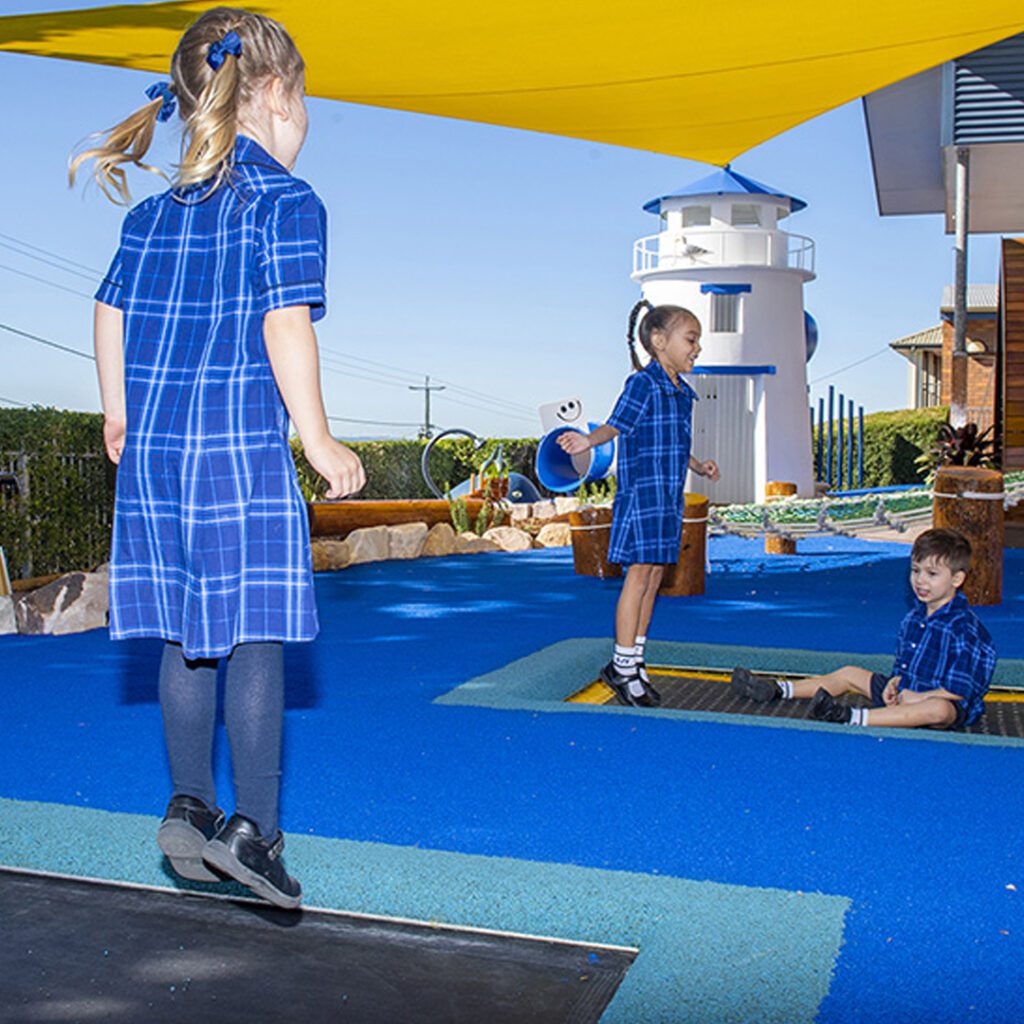
Educating Your Customers
As the owner of a commercial trampoline park, educating your customers about safety should be a top priority. Before anyone steps foot in your park, be sure to outline proper usage of the equipment and rules to follow. You’ll want to post clear signage, provide verbal instructions, and consider having waivers for customers to sign.
Some key things to convey:
- Only one person on a trampoline at a time. No double bouncing!
- No flips or somersaults without proper training.
- Stay in the centre of the trampoline. Don’t bounce near the edges.
- No loose clothing, jewellery or gum that could be a choking hazard.
- Bounce with control and be aware of your surroundings.
Set the Right Example
Your staff should also serve as role models by following all safety guidelines. Train them thoroughly on trampoline park best practices and have them actively engage with customers to ensure rules are being followed. Consider offering periodic refreshers on training for all employees.
Provide Useful Resources
On your website and within the park, offer resources to help educate your customers. For example, share informative videos on how to properly and safely use your equipment. You might also have handouts with illustrated trampoline skills progressions for beginners to advanced jumpers.
Listen and Learn
Encourage open communication with your customers. Ask them about their experience in the park and if they have any safety concerns. Monitor reviews and ratings on sites like Trustpilot as well. Look for opportunities to improve and update your education and resources. Continually enhancing safety will build trust in your business and keep customers coming back.
Conclusion
So there you have it – the key things to keep in mind when looking at safety standards for a commercial trampoline. Whilst it may seem complicated at first, the main takeaways are checking for TUV certification, anti-slip surfaces, padded springs and entry ramps. Focus on these core areas and you’ll be well on your way to providing a safe and enjoyable bouncing experience. We’ve covered a lot here, but the bottom line is – don’t cut corners. Do your research, invest in quality materials and take the time to properly train staff.

